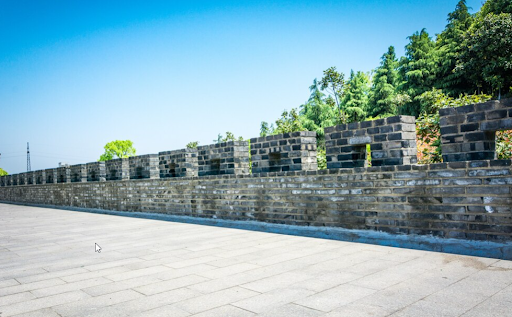In both landscaping and building operations, retaining walls are crucial. They stop soil erosion and assist in converting sloping sites into usable zones. Segmental walls, modular block walls, anchored walls, and gravity walls are the four primary forms of retaining walls that are frequently utilized.
Depending on the goals and conditions of the site, each style offers unique benefits. The salient characteristics and typical uses of these four retaining wall varieties will be covered in this article. If you live near or in Adelaide, you can go for retaining walls adelaide. Those guys will help you get retaining walls for your homes and offices.
Gravity Retaining Walls
Gravity walls, also known as gravity retaining walls, support themselves alone by their weight. Below the frost line, they don’t need any footing or support. Stone and concrete are frequently utilized to build gravity barriers. Forms are used to pour concrete into gravity walls. Large, interlocking stones are used in stone gravity barriers. They are an easy and affordable choice. Planter beds, modest ornamental walls, and terracing in landscaping are common applications. Gravity walls are a good option for fence companies and homeowners on a budget.
Segmental Retaining Walls
Precast concrete blocks that fit together like a jigsaw puzzle make up segmental retaining walls. The blocks, like Keystone Compac or Allan Block, have special holes and forms that let them fit closely next to one another for strength. Segmental walls are strong, adaptable, and maximize available space. Stabilizing shorelines, constructing patios and pathways, and maintaining slopes in yards are common uses. They’re also well-liked for both commercial and residential landscaping projects because of their modular structure and range of designs.
Modular Block Retaining Walls
Modular block retaining walls employ interlocking concrete or stone blocks but in a different form than segmental walls. Versa-Lok and Armortec are two examples of rectangular modular blocks that join via tongues and grooves. With structural engineering, modular walls may reach heights of more than ten feet and offer reinforcement. Modular walls are a good option for privacy fence companies looking for a long-lasting, reliable way to hold level sections and slopes on their commercial sites. By the way, just one thing, if you live near or in Athens, Georgia, and want fences for your business then look for Fence Business athens ga, to get fences for your homes and offices.
Anchored Retaining Walls
Instead of relying solely on weight or interlocking blocks, anchored retaining walls are stabilized by structural components such as deadmen, tiebacks, or earth nails. Concrete, gabion baskets, or loose rock similar to riprap are among the materials employed. Because anchored walls transfer lateral soil stresses behind the wall to structural components, they often allow for wall heights exceeding 10 feet. Anchored walls work best for large-scale civil engineering and landscape building projects since they require specialist installation by knowledgeable contractors.
Selecting the Right Retaining Wall Type
The ideal retaining wall type for a project depends on several criteria, including wall height, available space, material prices, and planned use. Because of their solidity, segmental walls, and gravity, they work well at low to medium heights below six feet. Taller walls are reinforced by modular and fixed walls. While anchored walls enable more compact designs, gravity walls take up the least amount of area. Modular and segmental building blocks offer stylistic variety. Depending on their budget, small companies and homeowners frequently select gravity, segmental, or modular solutions. Anchored walls are preferred for larger civil engineering and commercial projects due to their increased structural strength at higher elevations.
Conclusion
Depending on the application, each of the four primary forms of retaining walls—gravity, segmental, modular block, and anchored—has benefits. Segmental walls and gravity work well at low to medium altitudes below six feet. Taller walls are reinforced by modular and fixed walls. Homeowners often select segmental, modular, or gravity walls, while anchored walls are used in bigger constructions. Contractors, landscape architects, and property owners may choose the best option for their site circumstances and design requirements by being aware of the features of these four types of retaining walls.




